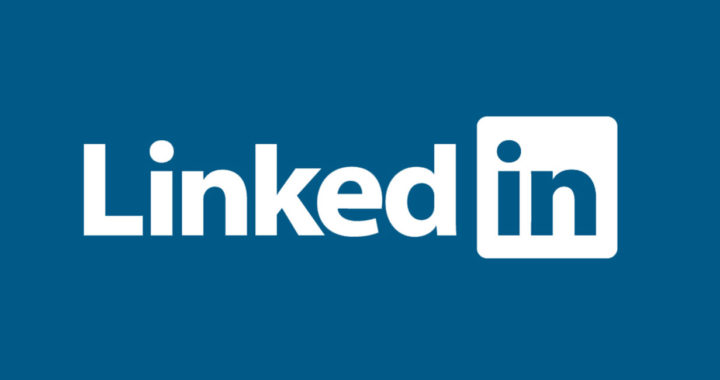LinkedIn has successfully established itself as a premier social networking site centered primarily on building and managing online presence and networks for professionals. With more than 300 million users and over ten years of being in business, it is interesting to explore how the company is able to sustain its operation given the costs associated with maintaining an extensive feature-rich website. This article examines how LinkedIn makes money by analyzing the key elements of its business strategy.
Note that LinkedIn generally makes money like any other electronic commerce website. However, what sets the company apart is that it functions likes social networking sites such as Facebook and Twitter, and also like any other typical online job portals or employment websites.
The general business strategy of LinkedIn is well demonstrated through its revenue model composed of three revenue streams coming from its three specific online products or services. These services are Talent Solutions, Marketing Solutions, and Premium Subscriptions.
How Does It Make Money: Exploring The Revenue Model and Overall Business Strategy of LinkedIn
1. Talent Solutions: Making Money through a Business-to-Business Model
One of the ways LinkedIn makes money is through a business-to-business model. Talent Solutions is a specific service that provides business organizations or more appropriately, employers and recruiters access to the vast database of registered users or professionals and their profiles.
Through Talent Solutions, LinkedIn functions just like any other online job portals or employment websites that links employers and employees. This service follows a subscription-based revenue model.
Talent Solutions is by far the most significant source of revenue for LinkedIn nonetheless. Financial reports have revealed that this service has accounted for more than 50 percent of the total annual revenues of the company.
2. Marketing Solutions: Making Money Through Online Advertising Revenues
Another way LinkedIn makes money is through online advertising revenues. The Marketing Solutions follows a straightforward model for generating income that is similar to other social networking sites such as Facebook and Twitter.
Specifically, LinkedIn capitalizes on its 300 million users by displaying online advertisements with different ad formats ranging from IAB standard ad banners and custom text ads. Note that the Marketing Solutions service is also geared toward digital marketing professionals.
It is interesting to note that the user base of LinkedIn is comprised primarily of white-collar professionals who are relatively well-to-do. Advertisers are naturally attracted to the demographic characteristics of these users. Targeted advertising is also possible due to the accessibility of comprehensive target market data and information.
3. Premium Subscriptions: Making Money Through a Business-to-Consumer Model
LinkedIn also makes money through a business-to-consumer model. The Premium Subscriptions service sells extended service inclusions that are not normally accessible to free users. Note that this service follows a subscription-based model similar to Talent Solutions.
For example, the business pricing package includes InMail messages, limited profile search of up to 300 users, reference search, Introduction, Saved Search Alerts, OpenLink, and full profiles among others. The Business Plus package and the Executive package offer almost the similar additional services although limits are higher.
Financial reports have revealed that this service has accounted for around 20 percent of the total annual revenues of the company.
Conclusion: The Business Strategy of LinkedIn
The business strategy of LinkedIn centers primarily on generating online revenues. Remember that the company functions both as a job portal or employment website and a social networking site. It specifically generates revenues through online advertisement, a business-to-business model, and a business-to-consumer model. Nonetheless, the multifaceted revenue stream of the company allows it to capitalize on business and individual markets through online-enabled, electronic commerce, and social media-inspired structure and operation.
